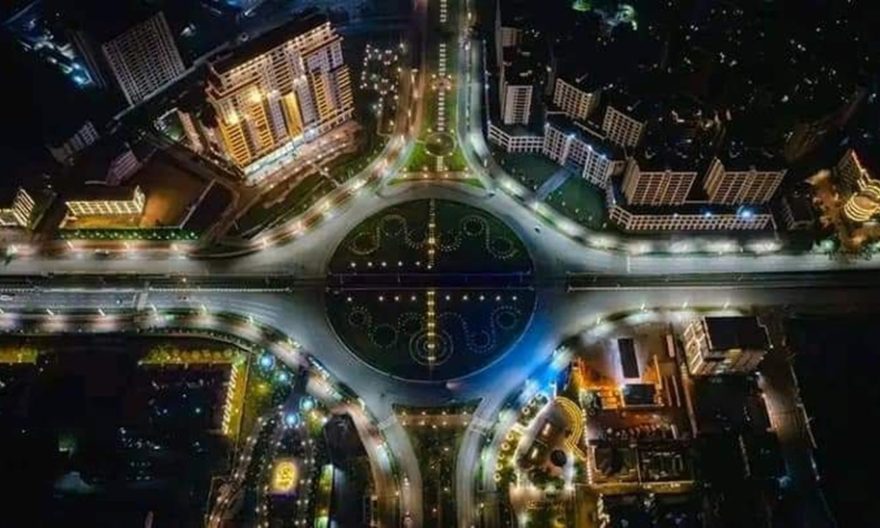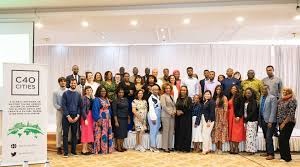
The corridor development project is ongoing in various parts of the country’s various cities with the goal of transforming them into internationally competitive and welcoming urban areas.
Expanding of roads and pedestrian walkways, fulfilling infrastructure as well as upgrading buildings to align with the city’s esthetic standards, were part of the development activities. But, regardless of the tremendous impact of the project, there is a question of essentiality beyond beautifying cities.
Addis Ababa City Environment Protection Authority, Deputy Manager, Walelign Desalegn told The Ethiopian Press Agency (EPA) that cities are more likely to be impacted environmentally. The fact that people reside and accomplish their socioeconomic aspect with limited space would make it more vulnerable to environmental risks.
The transportation sector contributes over 60 % to climate change in cities. Using fuel consuming vehicles significantly add up to climate change related problems. Nonetheless, the corridor development project comes at pivotal time when cities are going to rapid urbanization.
Walelign said that the project recognized that facilitating transportation would contribute to minimizing climate change issues related with carbon emission following the crowd transportation system.
The priority given to bicycle and electric vehicles users would hugely play vital role to reduce climate related challenges in the country, as to him.
The corridor development project has also given due emphasis for greening and beautifying cities. The greening initiative has left room for cities to have areas that are available for various purposes. “Having such green areas in middle of cities significantly reduce the risk of flooding, climate change as well as hot weather.”
Previously, only 20 % of the infrastructure was aligned with the drainage systems and utility infrastructure. That forced wastage released from households and factories to be leaked into rivers. However, the well-designed drainage systems constructed through the project would contribute to the growth of the cities thereby reduces threats of the ecosystem, he stressed.
Similarly, the corridor development has been undertaking in a way that go in line with nation’s development goals. Moreover, it gives the nation the chance to manage the gap between urbanization and nature.
Following the article published on the Economist that forecasted Addis Ababa to achieve a 10.6% GDP growth rate, the fastest rate of any city in their ranking, Zemedeneh Negatu, Global Chairman, Fairfax Africa Fund (U.S.) share in his social media account that Addis Ababa’s ongoing urban transformation and modernization will significantly contribute to this rapid GDP growth.
He said it is also a reflection of the importance of modern infrastructure and rejuvenating Addis Ababa to attract and retain world-class talent, large volumes of investments including FDI and becoming an African regional hub for multinational corporations, big international financial institutions and multilateral organizations.
“The fact that one of the world’s 30 largest carriers and Africa’s largest – Ethiopian Airlines – is based in Addis Ababa is a huge contributing factor for positioning the city as a corporate hub for Africa and as a major MICE tourism destination.,” he underscored.
He further indicated that the modernization projects will create a vibrant, livable cosmopolitan city which creates significant wealth, not just for the city but also for the country. Ethiopia is the second most populous country in Africa with 120+ million people and urbanizing rapidly.
“Over the next 20 years, I expect multiple large modern cities across the vast expanses of Ethiopia, especially in the regional capitals. The country is forecast to be more than 40% urban in two decades, from ~20% today,” he added.
Africa’s top 100 cities with a population greater than one million in 2035 as well as smaller capitals will generate more than 60% of Africa’s GDP by 2035, as to The Economist.
BY BETELHEM BEDLU
The Ethiopian herald September 1/2024





